Bespoken Word – New Year's revolution
Guy Kesteven reckons we need to think about our angle of approach before slamming into another failed ‘new year, new you' crash
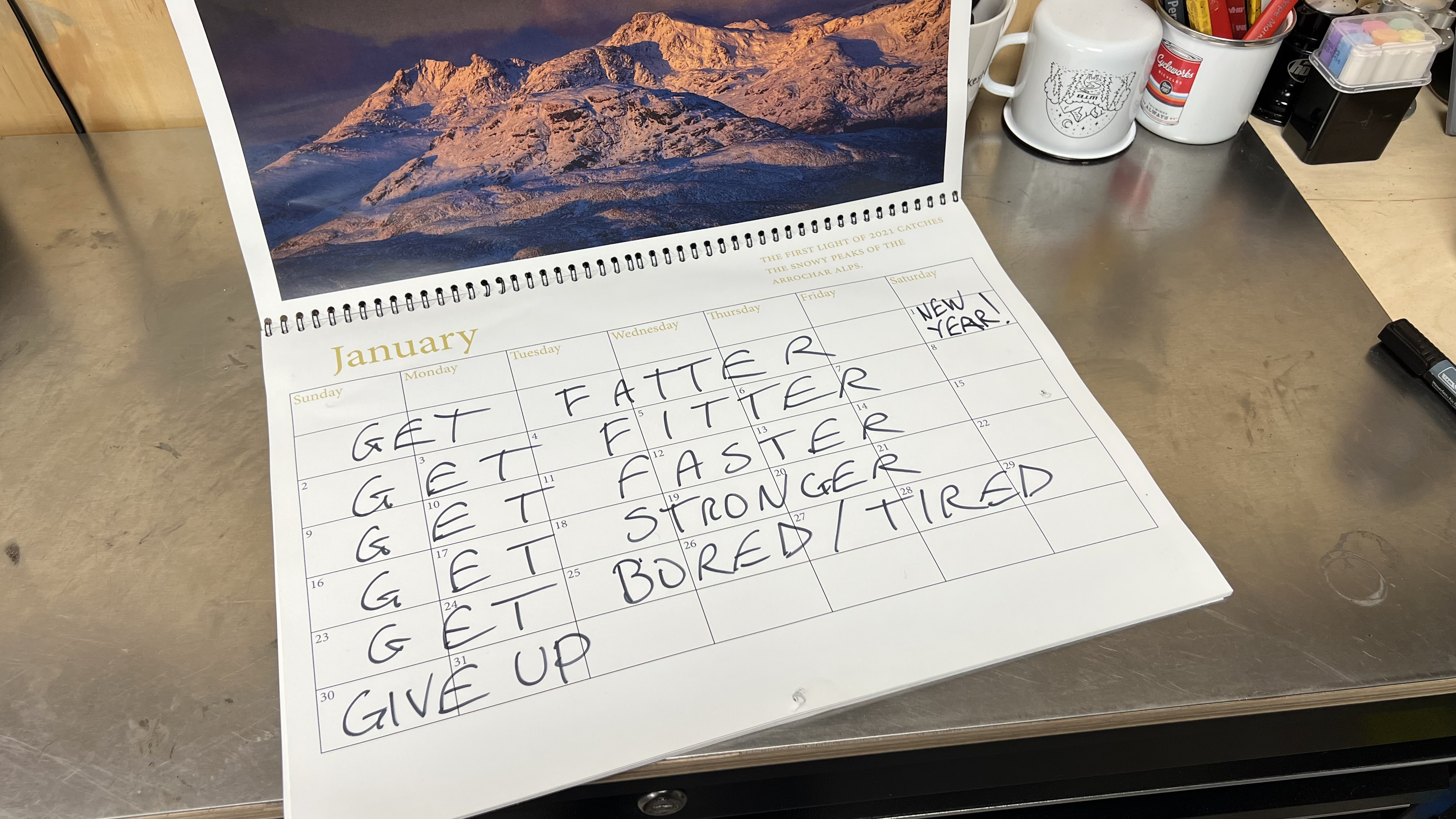
Well here we go, the first week of a new year. That wonderful period of pretense where many of us pledge that “a new year means a new me”. Declare we’re going to drop bad habits from whatever parts of our life we’re least satisfied with and burst from our chrysalis of compromise like some beast mode/be kind/eat less bacon butterfly.
And just like butterflies, those plans will mostly flutter gloriously and then die within weeks. Interval training will become more interval than training. Gym memberships and coaching plans an embarrassment, not an inspiration. The manual machine will get dusty again without you getting anywhere near the balance point. The fridge and snack cupboard shall win out over fasting and salad. And February will be even darker and more depressing as the jubilant goals of early January are kicked into touch for another year.
So how do we break that cycle and actually make meaningful, lasting shifts in our behavior? I reckon it's time to change the way we think about changing.
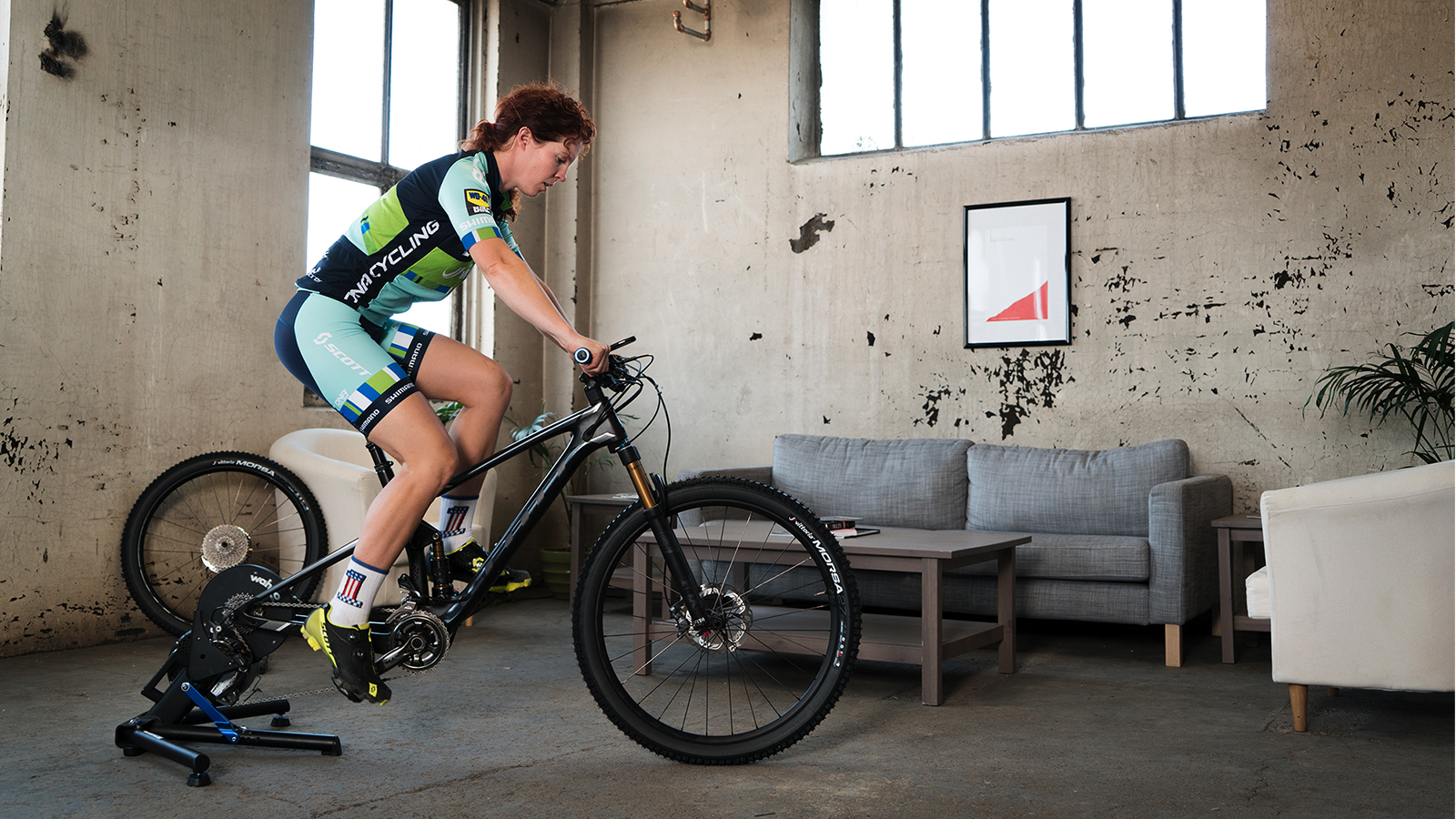
Fast doesn't last
For a lot of us, the physical answer is a structured plan from an external expert who will do the thinking, assessment, and guiding corrections for us. Pulling an ever heavier, or more wattage-dependent carrot along in front of us. Showing us how to put our hands and feet in the right places to climb the carefully calibrated rungs of a gains and goals ladder. And I know for a fact that will work, especially if you find a trainer/coach/plan that keeps you interested, invested, and improving for long enough to see real changes.
However, the human body is also very adept at emergency reactions that mask underlying shortcomings and that's where many 'plans' inevitably trip up. Nervous systems can create short-term‘ strength gains’ from refining synapse reactions way faster than muscles can actually grow more fibers. High-intensity interval sessions can convince your head that you can hurl yourself up a hill in ten 30-second frenzies if you keep the rests short enough for your body not to realize what you’re doing. Crash diets can slough off slabs of blubber really fast until systems reset to save your adipose reserves.
And that’s where things start to fall apart in the face of a body and mind that's primary focus is protection and sustainability must always win out over short-term adaption. Where neural pathways, muscle composition, and dietary preferences hard-wired over years of experience prove more stubborn to change than hanging a new calendar on the wall and writing motivational slogans on it.
It’s the same when it comes to any sort of skills or riding remodeling, but thankfully on a lot shorter timeline. A day with a good coach can dramatically change how you tackle a drop, send a jump or carve a corner. Hopefully, you can take those new skills onto the trail and see a real difference straight away too.
That same pullback to old habits will still be there though. Doubts will creep in about sending that drop ‘today’. You’ll forget to drop a shoulder, flick an elbow or point your pelvis through one corner and then the next. Maybe because you were concentrating too much on your new braking points or because your head is mostly filled with a fight not to stop at the pastie shop on the way home because your plan says tuna pasta. Or just because maintaining focus and constantly steering away from a life rut you’ve been running along for years is really damn hard.
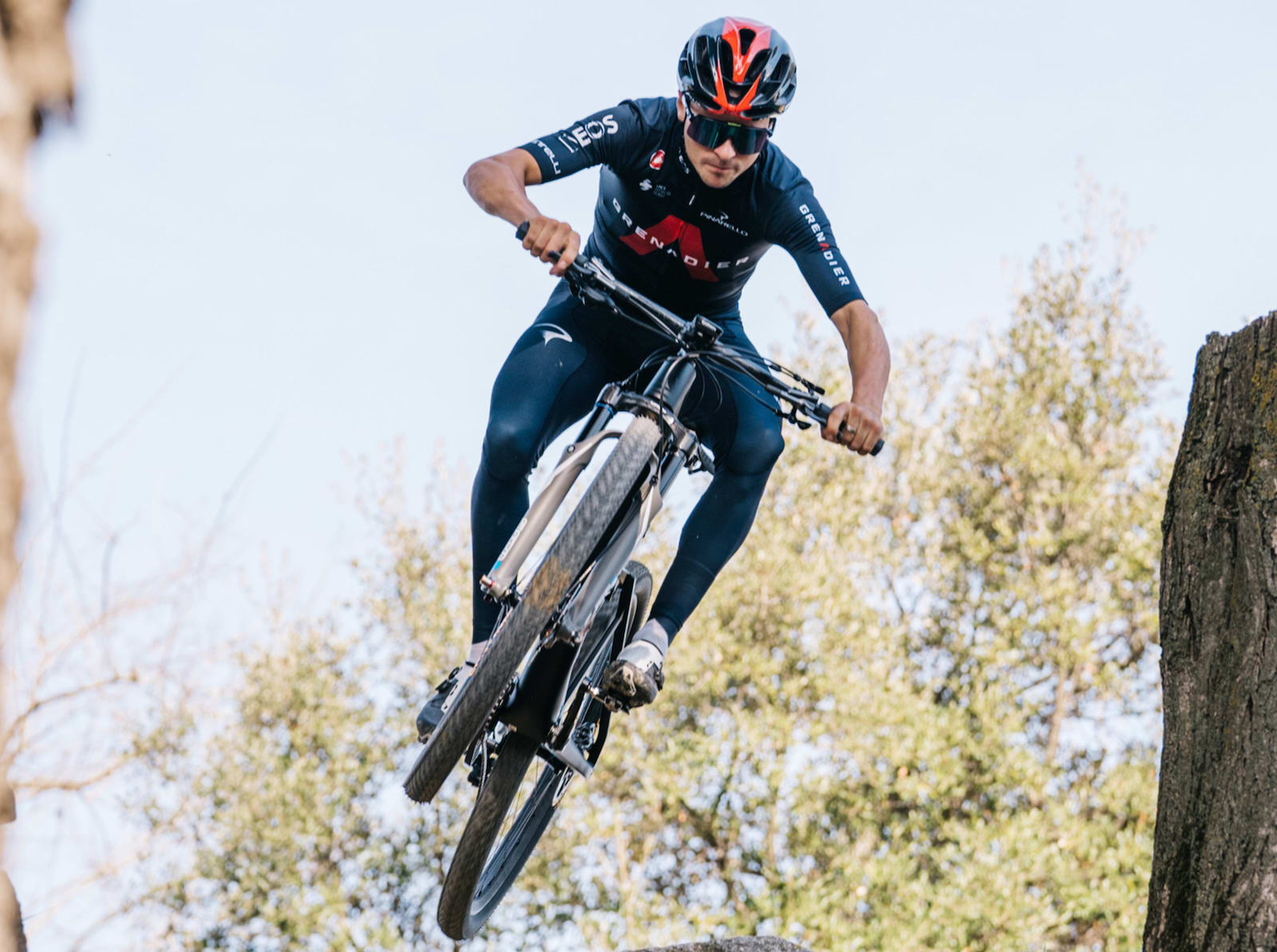
Learn before you leap
And that’s where the idea of changing the angle of approach comes in as a way to smooth out transitions and make them stick a lot better. For example, riding off a drop without understanding body position, bike weighting, launch speed or landing poise can work for a while if you’re lucky. And in terms of you having ‘done the jump’ sending and slamming works, in the same way as a crash diet or generic short burst training plan might. Sooner or later things are going to go wrong and if you don’t know why there’s no way to salvage the situation before you crash.
That’s why breaking down what’s actually happening, understanding why, and then adapting is the only way to make meaningful changes long term. To continue the jump analogy, put sending that gap on hold and work out the basics on a low-risk tabletop. Change your speed. Your body position. Whether you ‘pop’ or not. Twiddle some dials, and change some pressures. See what happens if you tap the back brake in the air to stop the wheel spinning. Become aware of the components and consequences of actions so you can modify them to change outcomes. Rely on learning and deliberate decisions, not luck and subconscious reaction. Be in control because you know where that control comes from.
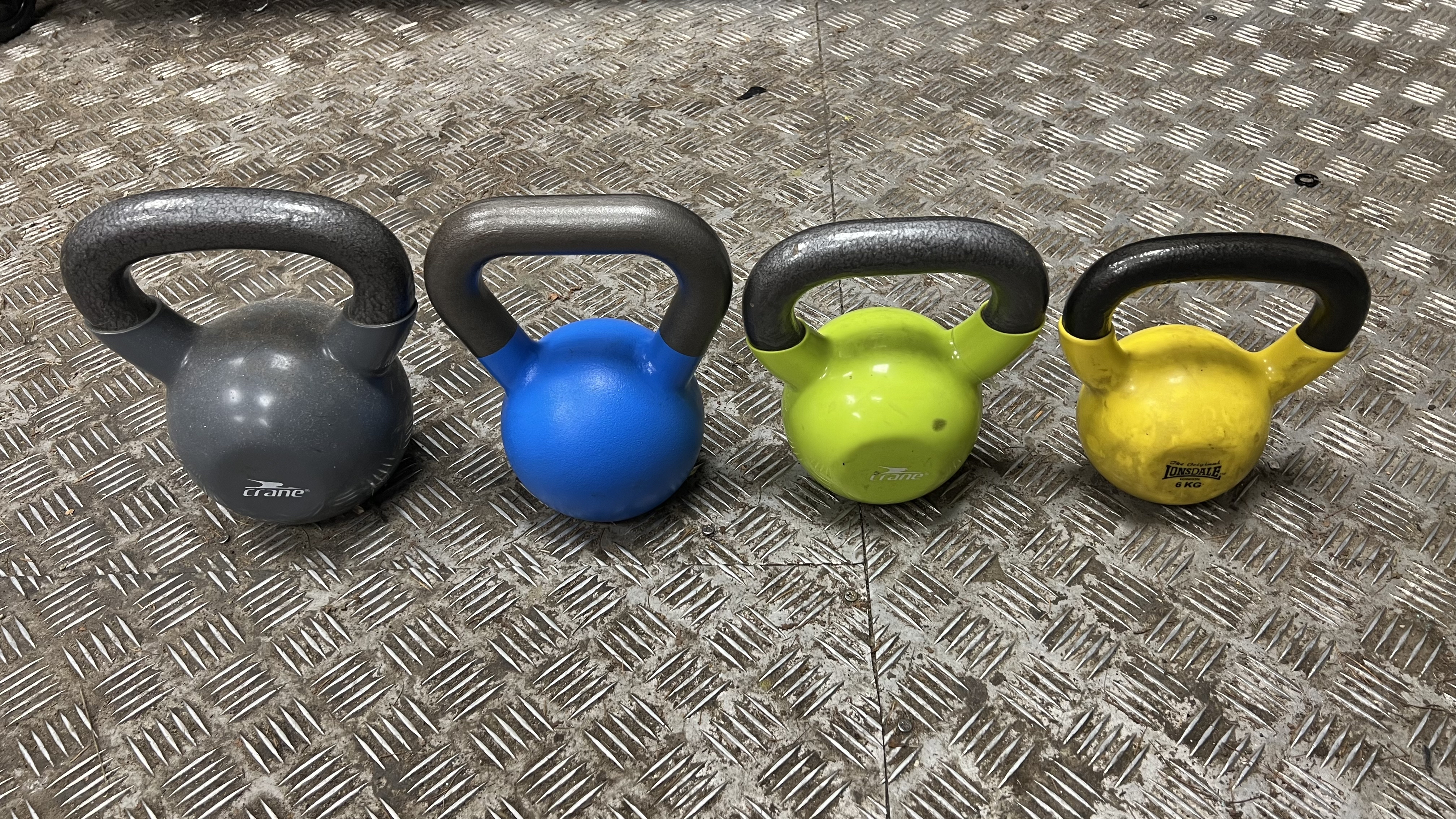
If it’s physical gains you’re after really focus on how your body reacts. Is it actually done on the tenth hill sprint or is there an eleventh in there if you stop pulling a gurning face and get on with it? Or are you soft-pedaling reps 3-7 to make it to ten? That’s really pointless if you are because it’s the work and quality that matters. In fact picking ten as a goal is a classic example of arbitrary default thinking because your target should be proportional and personal to you, not just a round quantity for a tally chart.
Whether you’re dry heaving and dribbling as you look back up the slope waiting for the interval buzzer to go again or hanging from pull-up rings short of your PB target what does failure actually feel like? Will you actually puke or cramp if you go proper hard again from the bottom? If you think really deep into your shoulders can you will them to push your chin high enough one more time? Can you recruit different muscles to get the job done? Are you straining your back or rolling your shoulders because your technique is in ruins? Does it really hurt that much and if it does is that the sign of impending injury or just a lactic burn you can push through? If you’re not sure, let it go this session and find out what you can ready for the next one. Because you’re playing a long game of discovery here and while getting injured can happen in a careless split second, getting fitter takes months of mindful focus.
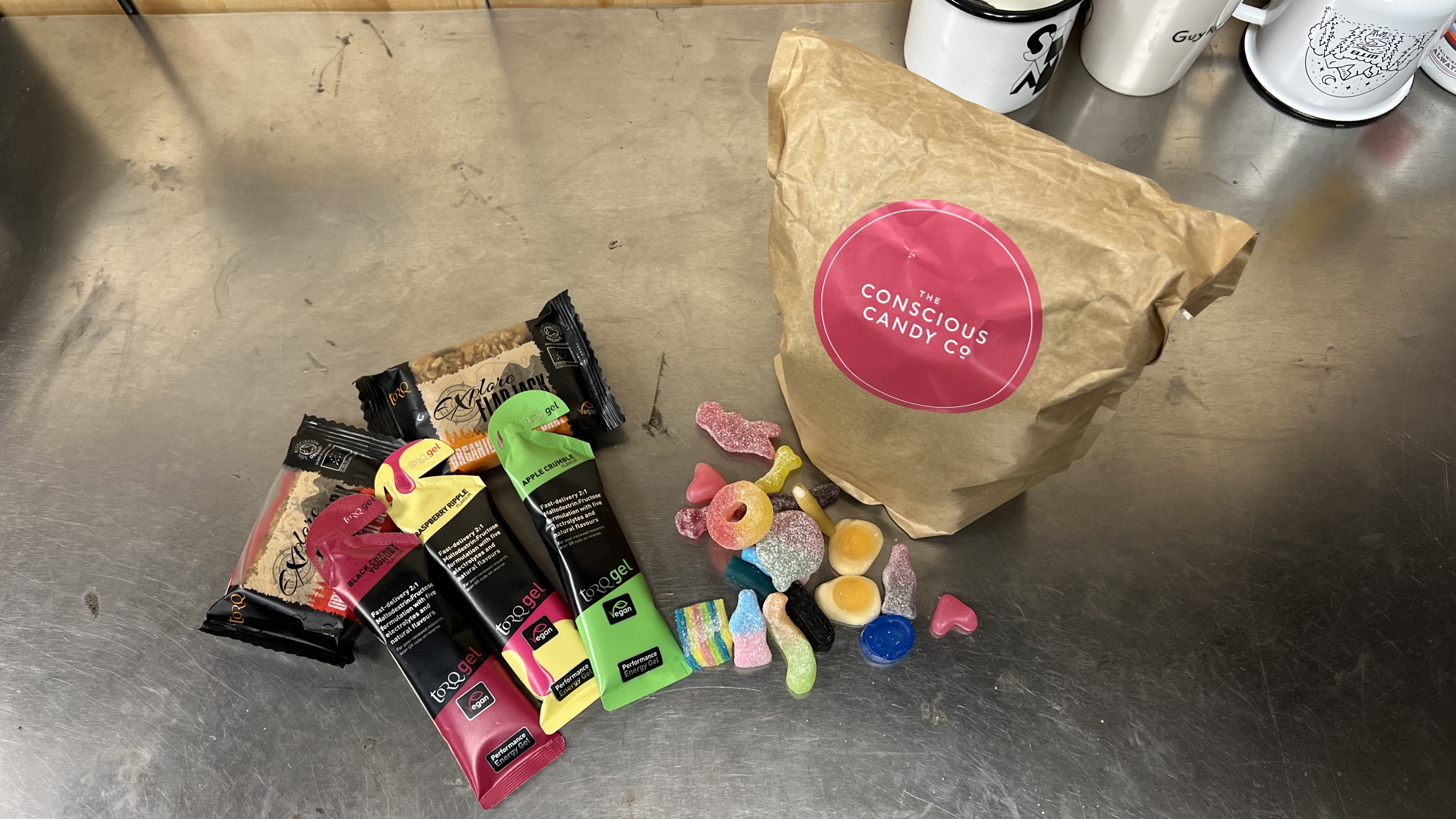
Food for thought
The same applies to plating up if that’s your priority. Do you have two pieces of toast because the toaster has two slots or because you actually need both? Will sugary cereals always pull you into a second tip of the box to ‘not waste the last bit of milk’. Does daddy always finish the biggest burger when you go out, does mummy feel pressured to choose from the healthy menu even though she’s short on calories and likely to catabolize away the potential exercise gains from earlier? Are cake, donuts, chocolate, and ice cream really the ‘reward’ that society says they are if you know they’re a gateway to a day of yo-yoing blood sugar and bad diet decisions?
Isn’t it more interesting and ‘rewarding’ to change what you put on your plate and see what happens? Do you still fall asleep at 2pm if you have more leaves and fewer carbs or do you power through without craving biscuits at 4pm? Does a single piece of toast without butter leave you a shaking mess on a ride you’d normally rattle off with no problem or do you actually feel lighter and livelier?
Don’t get sucked in by ‘low fat’ or ‘high protein’ marketing on the front of a packet either, flip it over and read the actual content percentages. But also realize that those handful of numbers are just a fraction of the picture when it comes to what you’re putting into your body and what it will get out of that. Read things about food that aren’t written by the people who make it. Read things about training that aren’t written by someone trying to sell you a plan or a supplement, but above all read the signs that your body is giving you and start working out how much of that is your own form of hype and social conditioning.
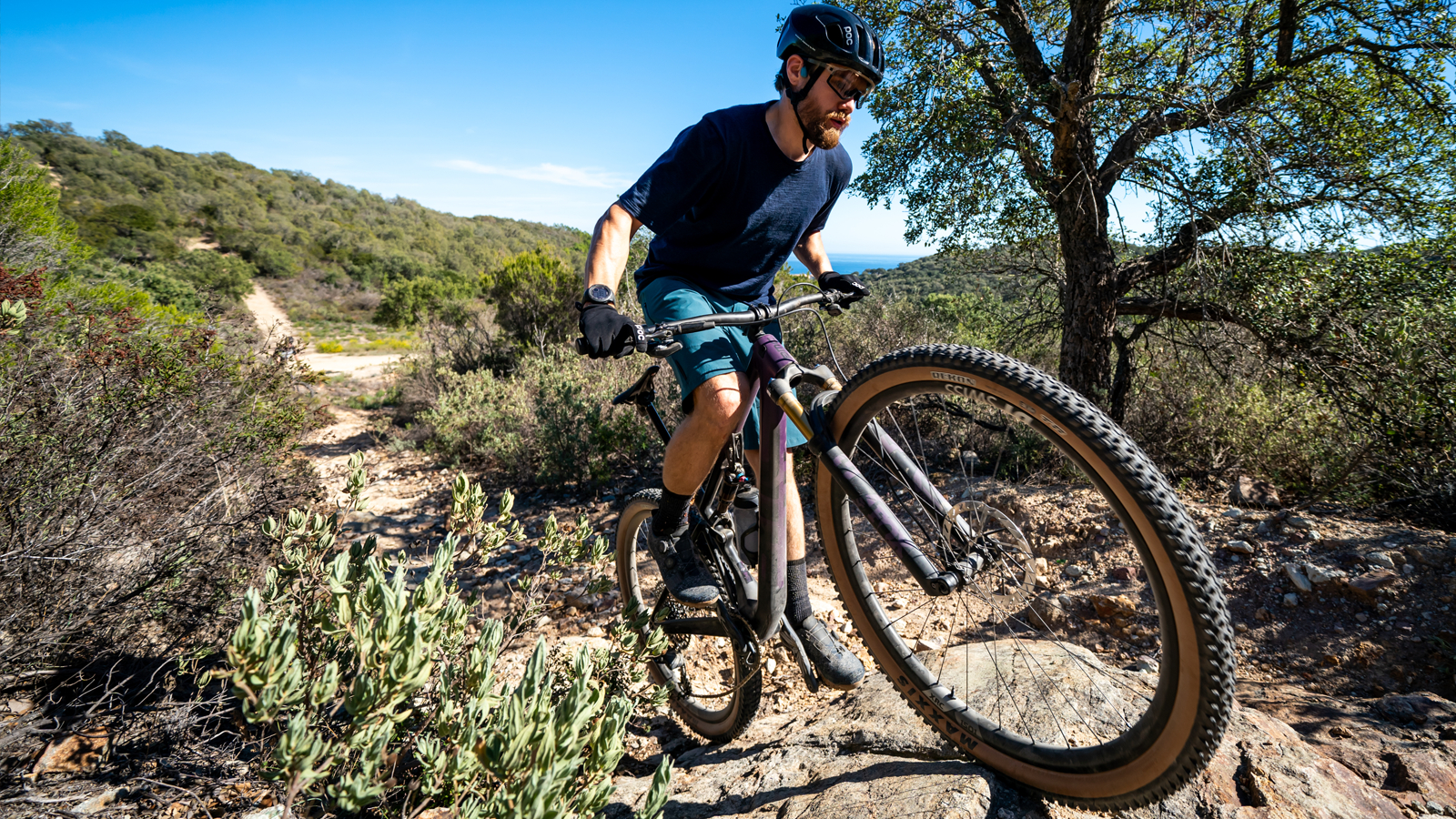
Wish yourself a whole year of new
In short, rather than slamming impatiently into 2023 with unrealistic short-term expectations, gift yourself the time, focus and patience to make a real lasting difference. Because whether it’s food, fitness, or riding trails, there’s a vast and wonderfully rewarding world to experience and enjoy. Your body, mind, and bike are incredible tools for exploring it if you open yourself up to all the potential possibilities too.
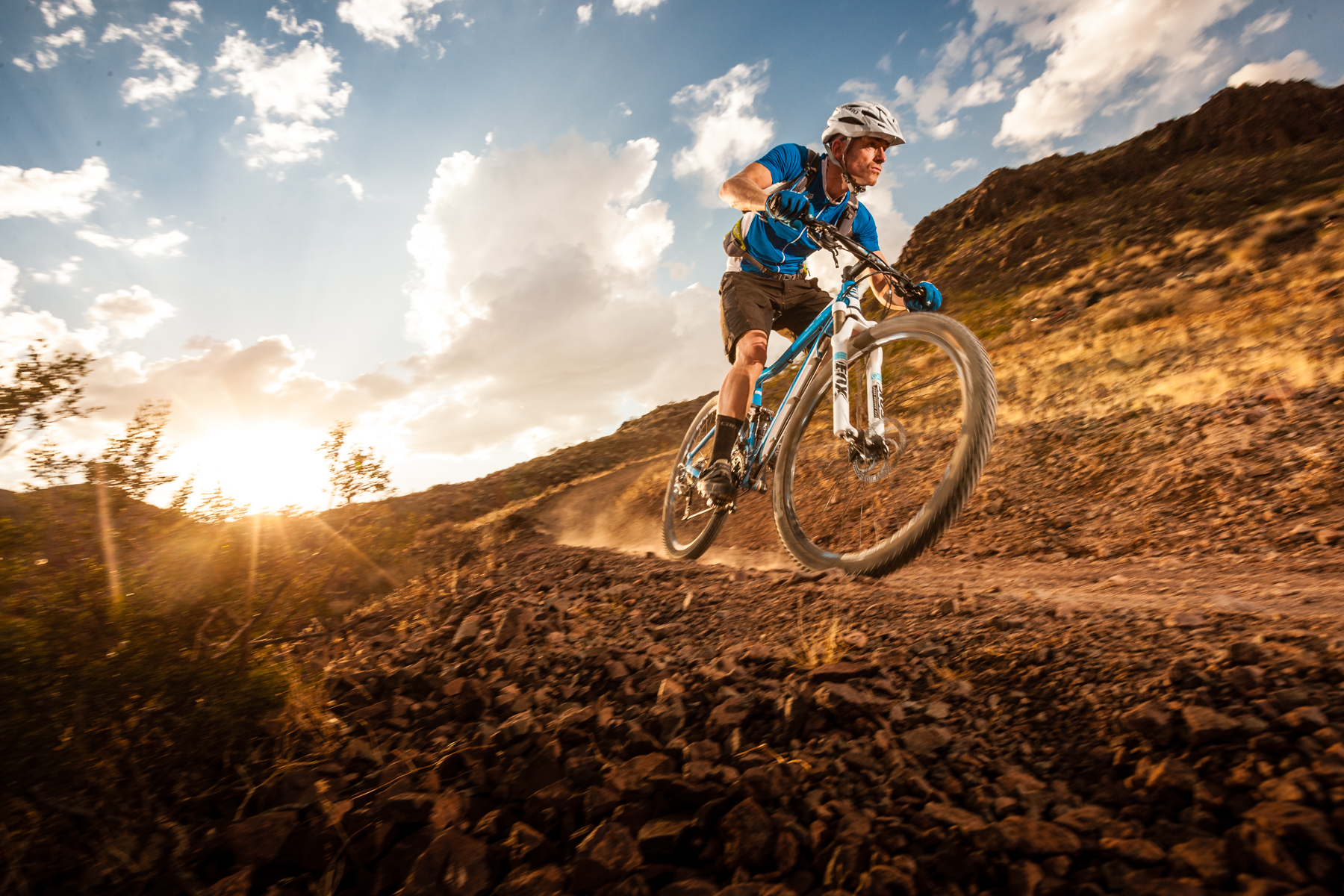
Guy Kesteven has been working on Bike Perfect since its launch in 2019. He started writing and testing for bike mags in 1996. Since then he’s written several million words about several thousand test bikes and a ridiculous amount of riding gear. He’s also penned a handful of bike-related books and he reviews MTBs over on YouTube.
Current rides: Cervelo ZFS-5, Specialized Chisel, custom Nicolai enduro tandem, Landescape/Swallow custom gravel tandem
Height: 180cm
Weight: 69kg
